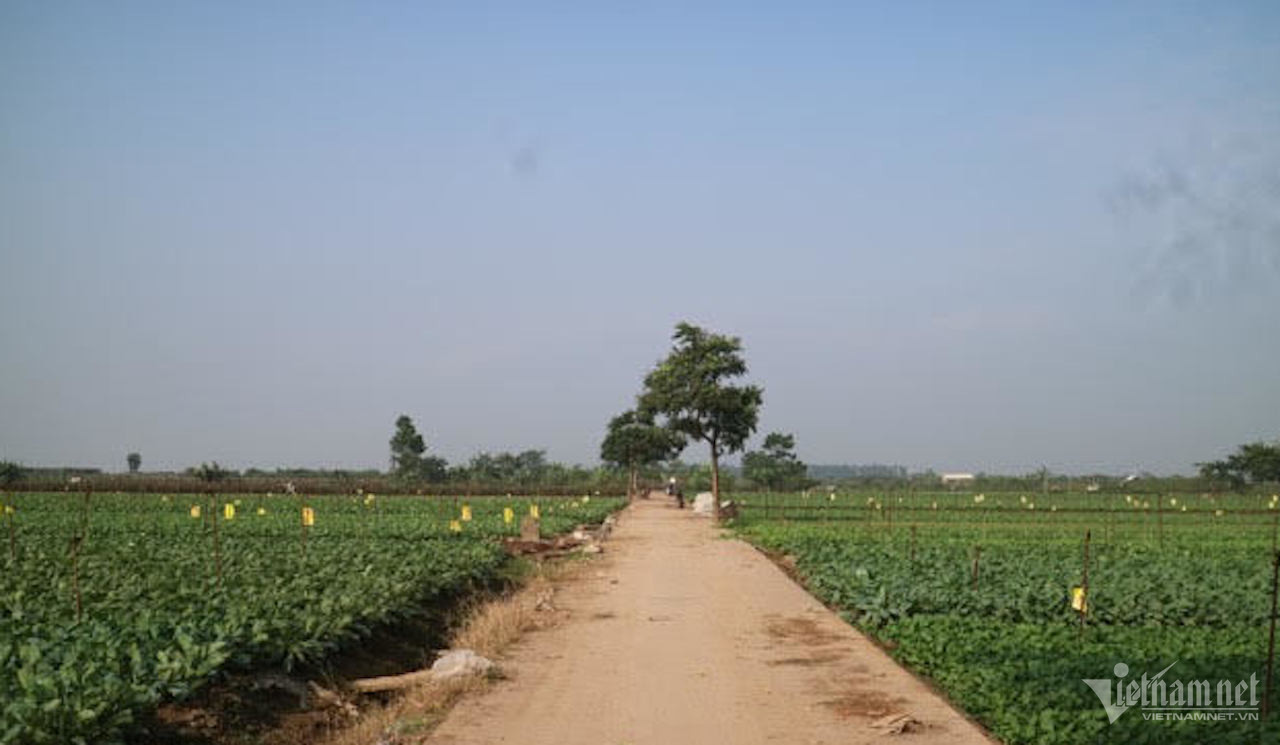
Chair of the Science and Training Council of the Vietnam Academy of Agriculture Tran Duc Vien noted that Vietnam is integrating into the international economy more deeply and widely. The signing of nearly 20 FTAs (free trade agreements) will have a significant impact on the agricultural sector through the opportunity to participate in the global agricultural supply chain.
Vietnam's agricultural exports to partners in the EVFTA (EU-Vietnam FTAs), RCEP (Regional Comprehensive Economic Partnership) and other trade agreements are much broader than the WTO (World Trade Organization). The quality of farm produce will help expand the markets.
However, Vietnam’s agriculture remains under the form of smallholders, so risks are high and efficiency is low, while the added value of agricultural products is even lower. Vietnamese farmers make a profit by the sale of their own work.
The number of large enterprises playing a leading role in the integration process of the agricultural sector is still modest.
“The agriculture sector still cannot overcome its internal problems, and the rural economy is developing unevenly,” Vien said.
The phenomenon of "good harvests, bad value" has existed for many years. When farmers have bountiful crops, farm produce selling prices decline, and when prices increase, they don’t have products to sell.
Agricultural production is not well organized, which explains why farmers rush to cultivate the same crops when crops go for good prices and chop down crops when prices fall. The rush leads to an oversupply and farmers have to call to "rescue farm produce".
“These are examples of unsustainable agricultural production, which makes farmers suffer,” Vien said.
Moreover, the competitiveness of Vietnam’s farm produce is weak because of the lack of produce diversity, uneven sizes, and lack of labels for easy identification. No traceability and the lack of strong brands have been cited as reasons behind ineffective agricultural production.
Eighty percent of Vietnam’s produce is exported raw and unprocessed. Exports rely heavily on the Chinese market. Vietnam’s farm exports compete in the world market with low prices and are mostly sold in the low-quality market segment.
Investments in agriculture is inappropriate. Services supporting agricultural production are weak, especially in post-harvesting preservation and logistics.
The processing industry and deep-processed products have small scale and outdated technology, which is why quality is low and the added value is modest.
The government has encouraged the formation of production-distribution chains and large-scale agricultural production. However, this has been going slowly because of the lack of appropriate support.
Meanwhile, the trading system focuses on only traditional and profitable products, such as rice, rubber, coffee, pepper and cashew nuts. The farm produce trading floors operate at a moderate level.
Vien pointed out that Vietnam needs to rethink agricultural production restructuring. For a long time, restructuring has been based on changes in product structure. This needs to be replaced with another solution, with focus on three factors.
First, seeking and retaining markets for farm produce. Second, applying science and technology. Third, reform of agricultural production organization.
Vien said that it is necessary to develop a cooperative economy and value chains to improve the competitiveness of agriculture. Focus should be on the following:
First, continue to promote economic growth in rural areas, with attention to social progress and justice in development; and second, increase welfare by adjusting social benefits. The state is responsible for adjusting and distributing welfare through land, agricultural development and public investment policies. Of these, improving product traceability and farm produce distribution can be done immediately.
Tam An